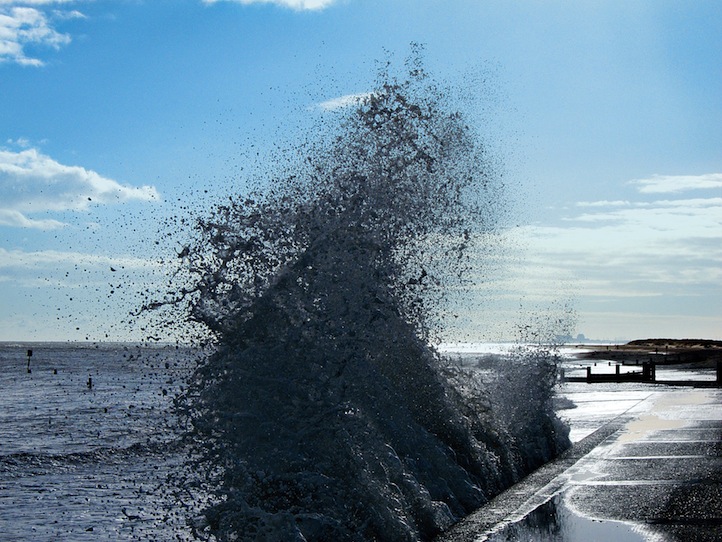Respect the Shooter: John Pawson
04.18.2012
ART & DESIGN

Photographer John Pawson’s latest project is titled A VISUAL INVENTORY. It contains hundreds of Pawson’s personal snapshots throughout his career, forming a monumental visual diary and sourcebook. Here, Life+Times speaks with Pawson, providing a glimpse into the creative process of a pioneer of modern architectural minimalism–and therein, Pawson provides a study in the ability to find the beauty and the extraordinary in the everyday.
Life+Times: Since the acquisition of your first digital camera, you’ve amassed close to a quarter of a million images. Are there any commonalities that you’ve witnessed throughout a selection of your images? Any common themes?
John Pawson: A lot of what interests me falls into the category of small or transient things–the texture of a surface, the junctions between things, elements of repetition or the fall of the light. I don’t really draw, so my collection of snapshots is like my sketchbook and I use my camera very freely. There’s always a reason in my mind for a picture, but sometimes you catch something you only spot afterwards, when you’re sifting back through a set of images.

L+T: Your latest book is titled A VISUAL INVENTORY–how and why did you decide to put this book together?
JP: When the Icelandic ash cloud closed European airspace a couple of years ago, my wife Catherine and I were in Milan. We hired a car and decided to make our way back to England in a leisurely way. In Switzerland, we stayed with my friend Richard, who lives in a house designed by [architect] Marcel Breuer, on Lake Maggiore. Richard is also my publisher. When we finally got home, I sent him a set of the photographs I had taken, as a thank you. He liked the way my pictures gave him a different visual perspective on a place he was so familiar with. The idea of doing the book really started at that point.

L+T: The format of the book is quite interesting, as you’ve paired images with each other in a very precise manner. Can you tell us a little bit about this?
JP: The Mexican architect Luis Barragan said, “Don’t ask me about this building or that one. Don’t look at what I do. See what I saw.” The book’s format seemed to be the best way of getting across how I look at things and what I see. Pairing the pictures allows you to start seeing the connections that can exist between very different things.

L+T: Each page is devoted to a single image, accompanied by a caption explaining what drew you to snap the photo. Are there any that stand out to you? Any that are the most meaningful?
JP: I love the spread of a vase designed by Shiro Kuramata alongside a paint-splattered workbench in the Pinarello cycle factory in northern Italy. Kuramata was a very important influence on me at a critical point in my life and cycling is a great passion of mine, but I also like the fact that the content is so far from the white lines and empty spaces people might be expecting to find when they open the book.






